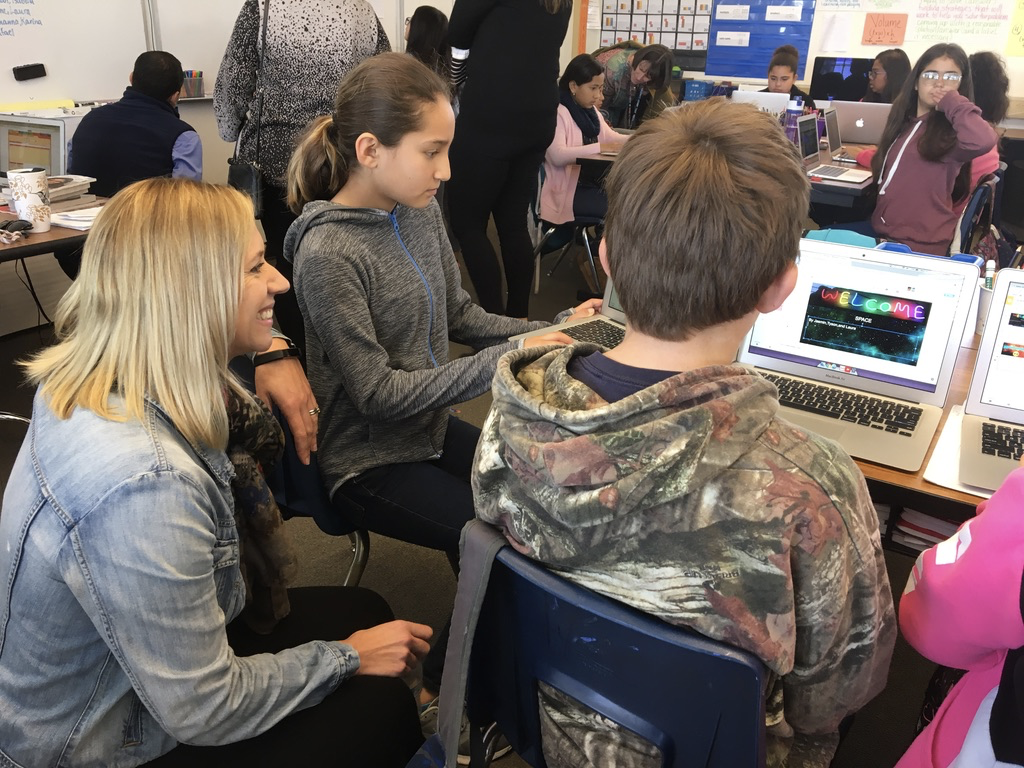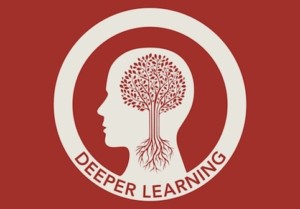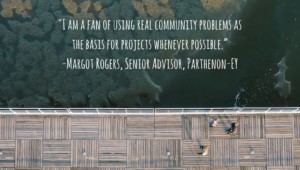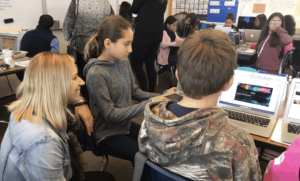How Systems and States Can Encourage Better Project-Based Learning
Key Points
-
Project-based learning makes sense of why content is useful and how it might be applied.
-
Projects develop critical skills including problem definition, design thinking, problem-solving, communications, collaboration, and project management.

Project-based learning was on the rise pre-pandemic. The sudden shift to remote learning brought with it more worksheets (just digital this time) and bite-sized tasks–and with it less engagement, less integration, and less application.
With the new school year and more systems embracing broader learning goals, we’re seeing renewed interest inquiry-based learning in which students explore real-world problems through individual and group projects.
Four recent studies show that rigorous project-based learning has positive effects on student outcomes across grades and subjects and across racial and socioeconomic backgrounds and reading and language proficiency levels.
Project-based learning makes sense of why content is useful and how it might be applied. Projects develop critical skills including problem definition, design thinking, problem-solving, communications, collaboration, and project management. Projects also develop agency, the ability to regulate learning and behavior, and make skills more transferable to new contexts.
Activities are easy, projects are hard
it can be challenging to develop and support good projects. When I visited a “project-based” northern elementary school in January 2020, the fall project was paper snowflakes. Yes, the kids were engaged and there was a public product, but it was a low-level activity, not a project packed with important knowledge and skill-building.
Leading experts supported the development of the High-Quality Project-Based Learning (HQPBL) framework with support from Project Management Institute Education Foundation. It suggests projects should be authentic (relevant and community-connected), intellectually challenging multistep activities that result in a public product where student work is publicly displayed and critiqued.
Each year, students should have the opportunity to do some individual projects and some team projects. Some projects can be embedded in a course (e.g. Math or English) but at least once a year students should engage in an integrated project that cut across disciplines and requires both student and faculty collaboration.
Providing real-time academic support can empower all students to contribute to demanding projects.
Empowered communities
The Real World Learning initiative in Kansas City, sponsored by the Ewing Marion Kauffman Foundation, is helping 75 high schools incorporate client-connected projects and entrepreneurial experiences.
The El Paso turnaround was spurred by a vision of Active Learning and kickstarted by a partnership with New Tech Network that resulted in 10 new schools that showcase high-quality wall-to-wall project-based learning. Teachers in the 172 New Tech schools are able to adopt, adapt or author projects utilizing a project-based learning platform.
Systems can promote powerful project-based learning by collecting high-quality examples of public products like Models of Excellence from EL Education,
Make diplomas meaningful
Good project-based learning is difficult to promote through legislation but barriers can be reduced and enabling conditions can be created.
Like Vermont, states can create proficiency-based graduation requirements that encourage interdisciplinary projects and demonstrations of mastery through portfolios.
States can support sharing of extended transcripts. Texas supported the adoption of Greenlight Credentials which enables portions of a comprehensive record to be shared with colleges and employers.
Projects develop critical skills including problem definition, design thinking, problem-solving, communications, collaboration, and project management.
Tom Vander Ark
State universities could be encouraged to consider project portfolios and demonstrated competencies as evidence beyond test scores for admission. Both Georgia and North Carolina require a capstone project. Colorado encourages a capstone project as a demonstration of readiness.
States and regions could also sponsor science fairs and encourage participation at least twice in secondary education. The Society for Science has a hundred-year heritage of sponsoring science fairs. Check their Fair Finder to spot local opportunities.
After two years of small problems, digital worksheets, and Zoom classes, it’s time for some real projects–work that matters to learners and their community. Rather than doubling down on drill aiming at “learning loss”, states and school systems can support learning that inspires, engages, and empowers learners with projects that students will remember 20 years from now.
“Learning things that matter; learning in context; learning in teams. Envisioning what has never been and doing whatever it takes to make it happen. Do that 20 times and you will be employable forever,” said Richard Miller, founding President of Olin College of Engineering.
This post is part of our New Pathways campaign sponsored by ASA, Stand Together and the Walton Family Foundation.
This post was originally published on Forbes.








0 Comments
Leave a Comment
Your email address will not be published. All fields are required.